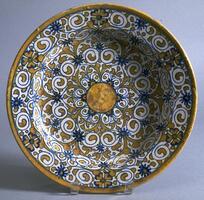17 UMMA Objects
17 UMMA Objects

Ōhara Tonshū (Donshū)
Mountain Hut among Pines
1831 – 1844
Museum purchase made possible by a gift from Helmut Stern
1985/2.27
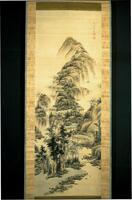
Nakabayashi Chikutō
Mountain Landscape in Summer
1800 – 1849
Museum purchase made possible by the Margaret Watson Parker Art Collection Fund
1982/2.56

Ikeno Taiga;Ikeno Gyokuran
Mountain Landscape
1725 – 1775
Museum purchase made possible by the Margaret Watson Parker Art Collection Fund
1983/1.354
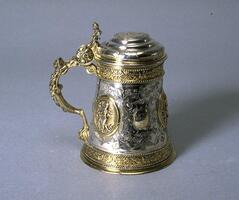
German
Tankard with Lid and scenes of Judith, Lucretia, and Venus
1600 – 1639
Museum Purchase
1966/2.18
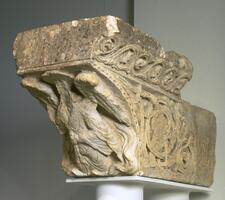
French (French (culture or style))
Console with bird in vine scroll, rinceau, and angel
1150 – 1175
Museum Purchase
1975/1.64

Nakabayashi Chikutō
Birds in a Tree
1840
Gift of Dr. Kurt and Millie Gitter in honor of Stephen Addiss
1976/2.103
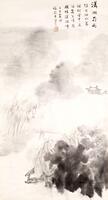
Chang Ku-nien
Night Rain on the Xiao and Xiang Rivers
1970 – 1992
Gift of Dr. Cheng-Yang and Mrs. Shirley Chang
2006/1.127
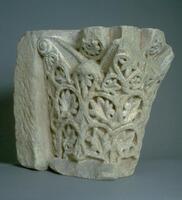
French (French (culture or style))
Engaged capital with vine rinceau, palmette leaves, and rosettes
1100 – 1125
Museum Purchase
1982/1.273
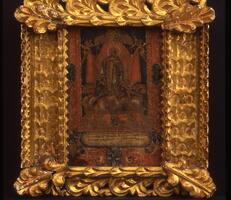
Gaspar Miguel de Berrío
St. Felix of Valois
1730 – 1740
Gift of Charles and Marjorie Arnade in memory of Professor Irving A. Leonard
2002/1.157
Loading…

